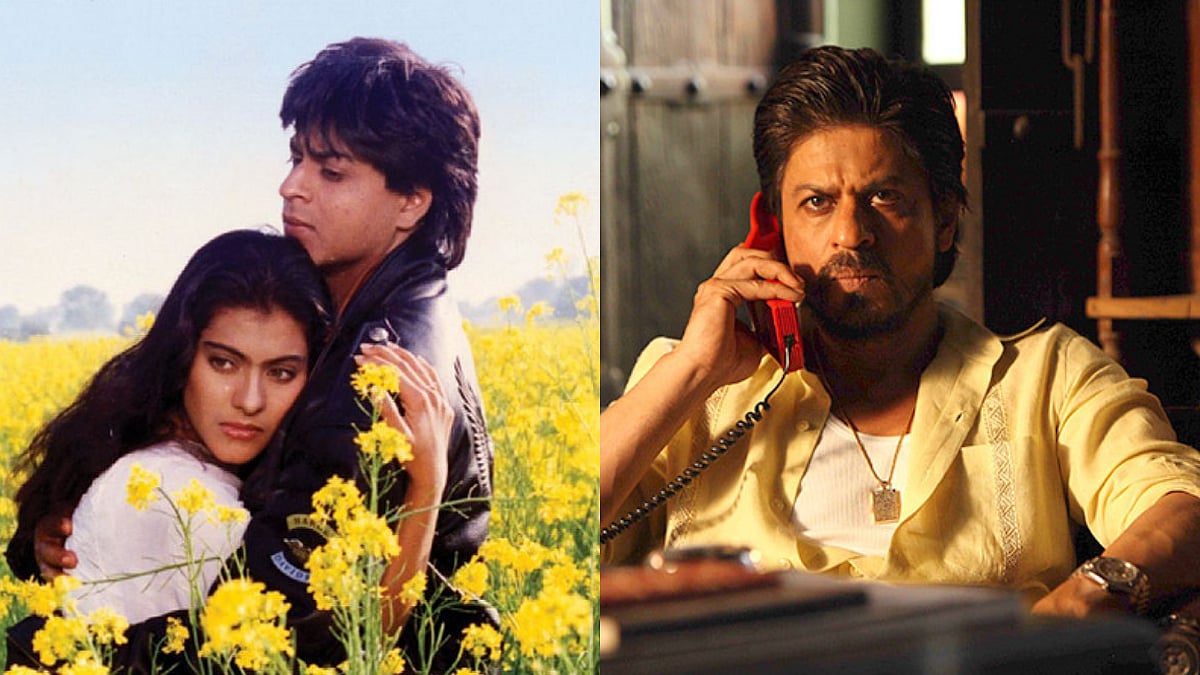Imagine you are walking down a quiet street in Digboi all by yourself, surrounded by trees and bushes on both ends of the road, breathing in the fresh crisp air. Lost in your thoughts, you fail to notice the loud sirens signalling an elephant sighting in the area. Much to your delight, you indeed spot the elephant family at the end of your street! Mommy, daddy and a baby. Awe, how cute! You try to get a closer look, but then reality strikes. The adult elephants perceive you as a threat to their precious child! One of them will soon come charging at you along that narrow street and what are your chances of outrunning an angry Elephant! Your only hope is the security guards, and you frantically call for help. Fortunately, help arrives, the guards shoo the elephant away with their guns and rescue you. Or perhaps a passerby whisks you away in his jeep? Either way, you are saved. Phew, that was close!
A Chess board works in similar ways as the lovely little scene we looked at. Chess evolved from ‘Chathuranga’, a board game said to be developed in India thousands of years ago. Chathuranga was a representation of an actual battle between two armies of those times and is mentioned as one of the favourite pastimes of the Pandavas in The Mahabharata! In modern Chess, the pawns represent foot soldiers, the knights represent soldiers on galloping horses that is why they can jump around, the Rooks stand for soldiers on mighty elephants, the Queen is the Minister or ‘Senapati’, while the King is the King himself. The Battle is won or lost once the King is captured.
When your opponent’s mighty Rook is placed directly in front of your humble pawn, it is attacking the pawn, meaning that it threatens to charge at it and capture it on the next move, just like that angry elephant in Digboi! Attack and Defence are fundamental concepts in Chess which respectively help to create threats against the opponent and safeguard our own pieces and King.
Direct Attack: Attacking a piece means putting one of your own pieces in a position where it directly threatens to capture the targeted piece on the next move.
Defence: Defending a piece involves taking measures to protect one of your own pieces from capture or to maintain a solid position against the opponent’s threats. Proper defence is crucial for maintaining material equality, position, and king safety.
There are five ways to Directly Defend an attacked piece.
1. Capturing the Attacking Piece to eliminate the threat.
2. Moving the attacked piece out of the path and scope of the attacking piece.
3. Protecting the attacked piece with one of our other pieces ie calling for help from the security guards!
4. Moving the attacked piece to a Protected square.
5. Blocking the path of the attacking piece by placing another piece or pawn on a protected square that is in between that piece and our attacked piece.
We can also Indirectly Defend a piece by:
1. Responding to an attack by simultaneously attacking the opponent’s other pieces, so that it leads to a trade-off.
2. Counterattack by creating threats against their king.
Let’s see an example
In this position, it is Black’s turn to play. The material is equal. The White Rook on b3 attacks the Black pawn on b5 and the Black Rook on a3. The Black rook on a3 is protected by the Black Bishop on e7 (Bishops move diagonally!), but the Black pawn on b5 is undefended. So Black needs to defend the pawn otherwise he will lose material on the next move. Black has a few good options in this position:
1. Capture the attacking piece with his own Rook on a3.
2. Protect the pawn on b5 by moving his pawn on c7 one square up to c6 (Pawns move straight but capture, & hence protect, diagonally)
3. Move the pawn on b5 to b4, where it will be protected by both the Knight on d5 as well as the Bishop on e7.
4. Block the White Rook’s path by moving our Bishop to b4, thus saving our pawn. The bishop will be protected by the Knight on d5.
Do any other ideas come to your mind in this position? A key skill for playing good Chess is Decision Making! Now that you have noticed these options, what will you choose to play as Black?
(Soumya Swaminathan is an International Master and Woman Grandmaster in Chess. She has been World Junior Champion and Commonwealth Gold Medalist)












